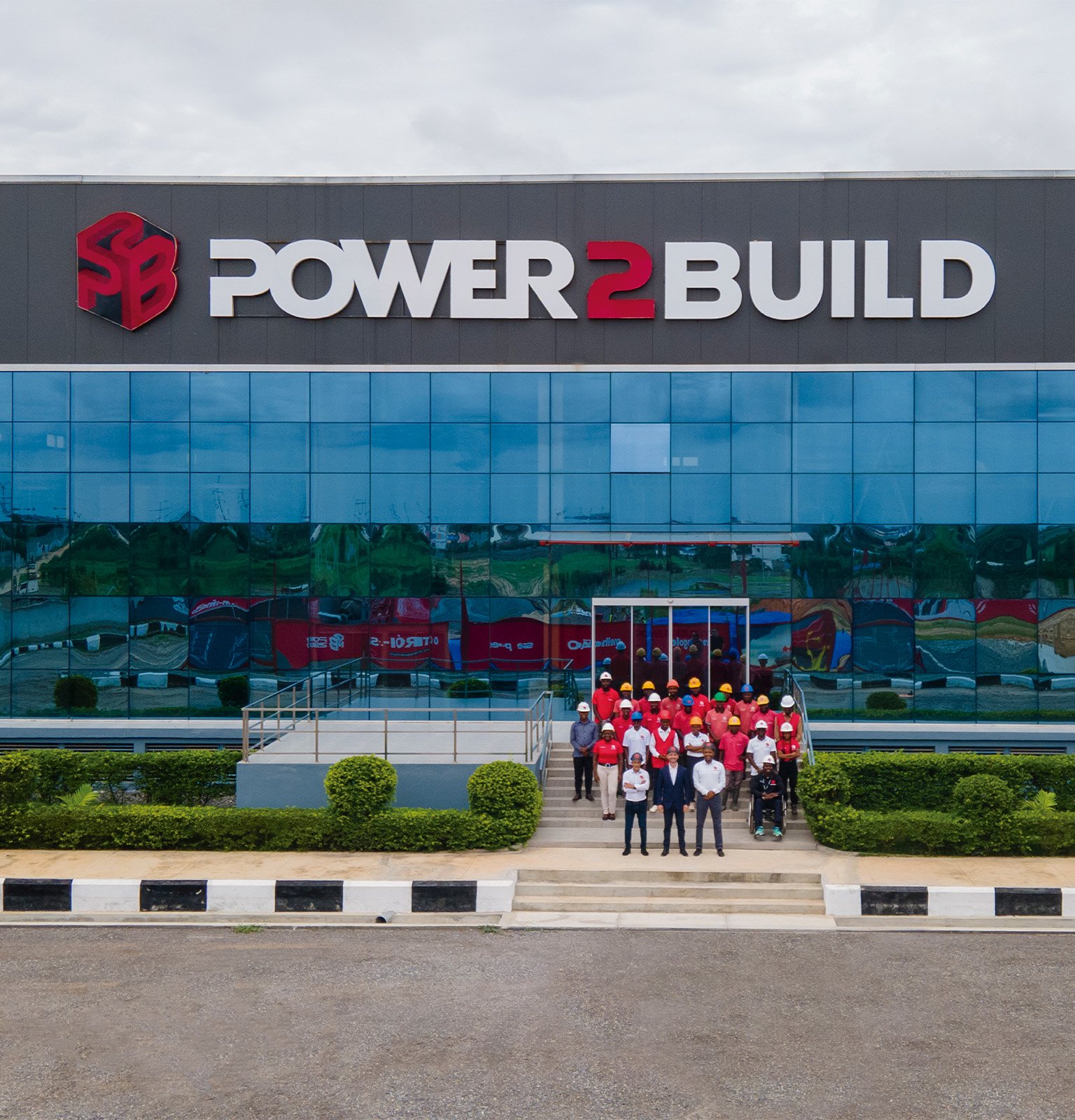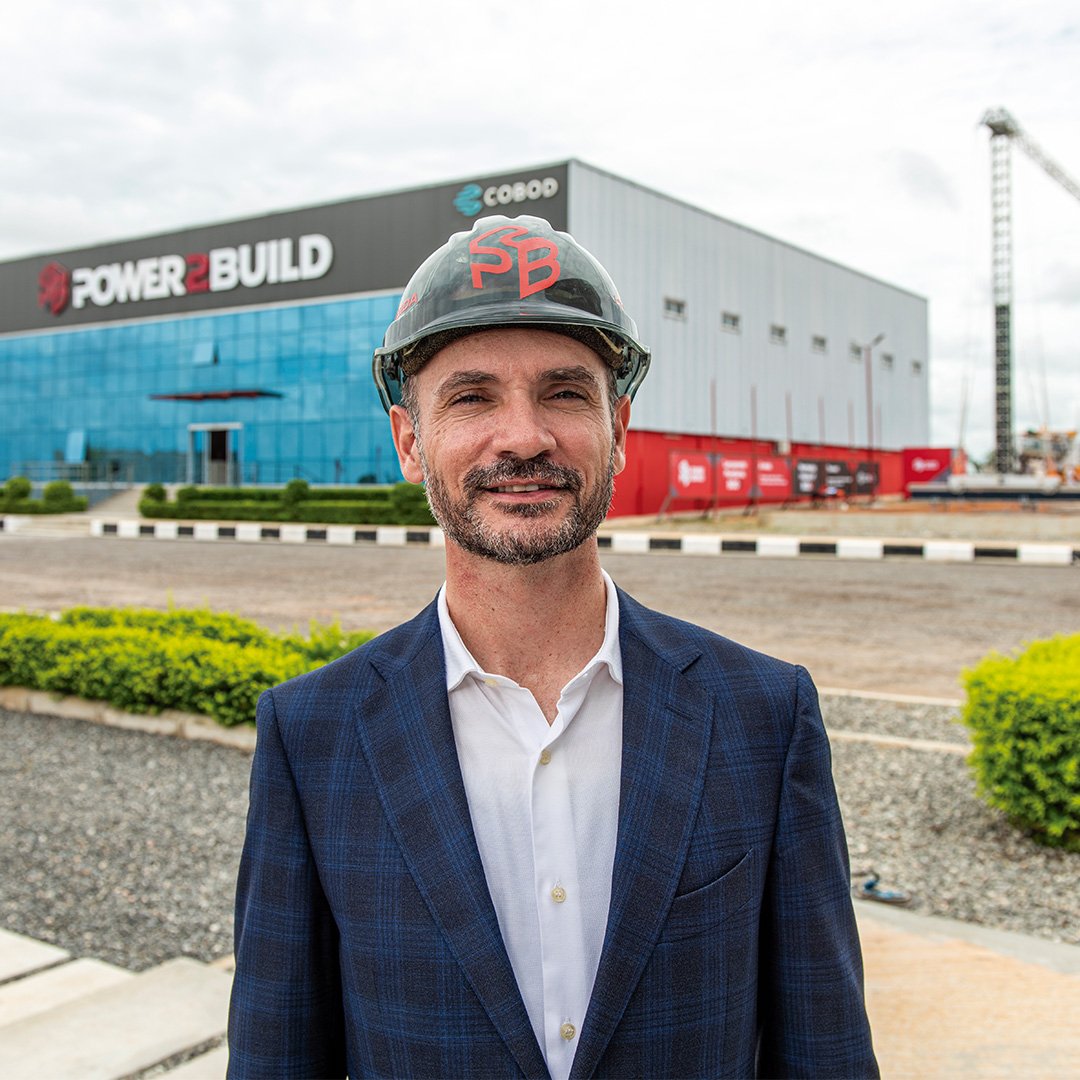
The desire to impact
society has always been there, but it was his passion for innovation that led
Ricardo Almeida to Power2Build. The construction industry has witnessed the
emergence of a new paradigm, based on an Angolan project that develops
solutions to combat the housing crisis and, at the same time, guarantees
sustainable works and the construction of environmentally friendly cities. The
future is here.
Sustainable, low-cost housing is a growing need in Angola, but the traditional supply has not been able to keep up, either in terms of cost or speed. It is within this context that Power2Build has come into being, the technology company that has introduced 3D concrete printing to Africa, a cutting-edge construction method that prints structures more economically, quickly and affordably. «This project came into my life at just the right time, allowing me to combine my background in engineering and management with the transformative potential of 3D printing, leading a company that has the unique possibility of greatly improving Angola’s housing landscape,» says Ricardo, the company’s CEO. The team that prints dreams is composed of 26 employees, including engineers, architects and construction technicians. Ongoing training, with training programmes and opportunities for professional growth, and the chance to make a difference in a country with great potential are the reasons Ricardo Almeida gives for motivating his team. In fact, pioneering the construction of the first 3D printed house in Africa using conventional concrete is an incredible achievement, given the local conditions and the difficulty in adapting the technology. To make the project feasible they had to «create a recipe that allowed them to produce printable concrete made on site, since dry concrete, the material used until then in the 3D construction industry, wasn’t even produced in Angola,» he explains.
Pioneer in building the first 3D printed house in Africa
Sustainable, low-cost housing is a growing need in Angola, but the traditional supply has not been able to keep up, either in terms of cost or speed. It is within this context that Power2Build has come into being, the technology company that has introduced 3D concrete printing to Africa, a cutting-edge construction method that prints structures more economically, quickly and affordably. «This project came into my life at just the right time, allowing me to combine my background in engineering and management with the transformative potential of 3D printing, leading a company that has the unique possibility of greatly improving Angola’s housing landscape,» says Ricardo, the company’s CEO. The team that prints dreams is composed of 26 employees, including engineers, architects and construction technicians. Ongoing training, with training programmes and opportunities for professional growth, and the chance to make a difference in a country with great potential are the reasons Ricardo Almeida gives for motivating his team. In fact, pioneering the construction of the first 3D printed house in Africa using conventional concrete is an incredible achievement, given the local conditions and the difficulty in adapting the technology. To make the project feasible they had to «create a recipe that allowed them to produce printable concrete made on site, since dry concrete, the material used until then in the 3D construction industry, wasn’t even produced in Angola,» he explains.
Pioneer in building the first 3D printed house in Africa








